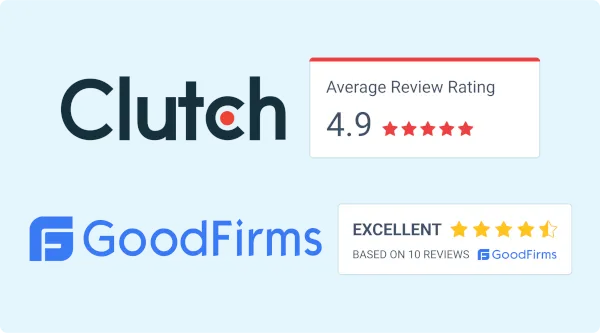Machine learning has a broad range of applications
Machine learning has a broad range of applications – from already well-known purposes, like for identifying and filtering email spam, blacklisting and penalizing spam blogs so that users get good search results, recommending relevant products or fighting fraud, to surprising ways in which it can help businesses make smarter, better and faster products, such as through user recognition based on voice, image or even accelerometer data (the way a user moves or holds a mobile device), predicting auction sales prices, or stocks and bonds prices, automating employee access control, predicting emergency room waiting times, identifying heart failure risk or predicting strokes and seizures.














































